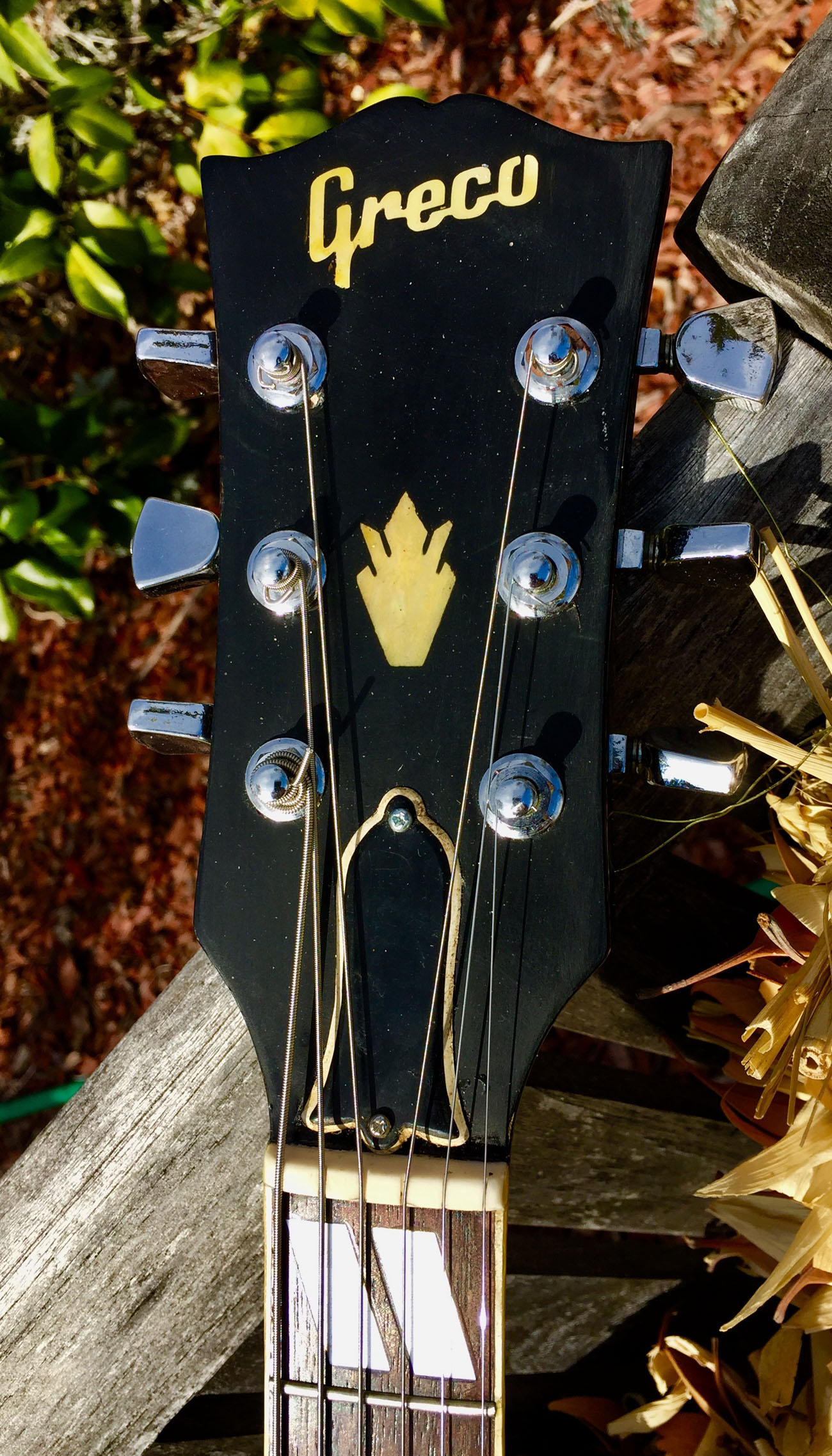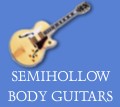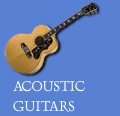Click here to view full size image

| |
Greco Japanese guitars history
Greco (Japanese: グレコ Gurekou) are a brand of electric guitars produced by Kanda Shokai (Japanese) 神田商会. Kanda Shokai (Shokai means trading company) is a musical instrument wholesaler mostly known for being part of Fender Japan.
Contents [hide]
1 History
1.1 Electric guitars
2 Timeline
3 Characteristics
4 Serial Numbers
5 Pickups
6 Sources
7 References
[edit] History
Kanda Shokai was established in 1948 and the Greco guitar brand name was started by Kanda Shokai in 1960 [1]. It was not until 1966/1967 that electric guitar production was begun in earnest with the introduction of Greco Telecaster like models. Kanda Shokai at first used the Greco brand name for the solid body models and used the Canda brand name for their Acoustic models which was based on the company name Kanda (Canda). Also in the mid/late 1960s, Kanda Shokai produced Greco branded guitars based on Hagström and EKO designs for Avnet/Goya in the USA and these guitars were made by the Teisco and FujiGen guitar factories and were very similar to the late 1960s Ibanez guitars based on Hagström and EKO designs.
In the early 1970s Kanda Shokai made Greco Gibson like models with bolt on necks which were very similar to the Ibanez Gibson like models at that time and most of these models had a Greco logo that looked more like "Gneco". By the mid/late 1970s most Greco Gibson like models were being made with set necks and open book Gibson headstock designs. Some other Greco Gibson like models from the 1970s had a different headstock design (more like a Guild headstock design) that had a Greco logo with equally sized letters.
Starting in late 1979 the Greco "Super Real Series" were introduced which were high standard replicas of Gibson and Fender models. In 1982 the Greco "Mint Collection" was introduced which continued the high standard of the "Super Real Series". In 1982 Kanda Shokai and Yamano Gakki become part of Fender Japan and Kanda Shokai stopped producing its own Greco Fender replica models. Since the end of the Greco open book headstock Gibson replicas in the early 1990s, Kanda Shokai have produced various models using the Greco brand name such as the "Mirage Series" (similar to the Ibanez Iceman), various Gibson copies (not using the open book Gibson headstock design), Violin basses (VB), Zemaitis Guitars and various other models as well.
Some notable guitar players that have used Greco guitars include Ace Frehley who used Greco Les Paul replicas when Kiss were on tour in Japan and Elliot Easton of The Cars.
[edit] Electric guitars
Greco has produced a lot of different models over the years and this is a listing of the most common models.
Gibson like models
EGF - Les Paul Flametop models.
EG - Les Paul models.
EGC - Les Paul Custom models.
PC, RR, JS - Les Paul Custom (Phil Collen, Randy Rhoads, John Sykes) models.
EJR - Les Paul Junior models.
EGS - Les Paul Special models.
SS - SG models.
JP - SG (Glenn Tipton Judas Priest ) model.
FV - Flying V models.
MSV - Flying V (Michael Schenker) model.
TB - Thunderbird Bass models.
EB - EB-3 Bass models.
MM or MG - Melody Maker models.
SA - ES-335/ES-334 models.
FA - ES-175 models.
L - L-5 models.
Fender like models
SE - Stratocaster models.
TL - Telecaster models.
JM - Jazzmaster models.
JG - Jaguar models.
JB - Jazz Bass models.
PB - Precision Bass models.
Other Models
M - Greco Mirage/Ibanez Iceman models. Also other Greco/Ibanez models such as the Korina 58 Flying V and Modern as well.
EX - Greco/Ibanez Explorer (Destroyer) models as used by Eddie Van Halen. The Greco Destroyer used U-2000 pickups and the Ibanez Destroyer used Super 70 pickups.
BM - Brian May-based models.
RG - Rickenbacker-based models.
RB - Rickenbacker-based Bass models.
VB - Violin bass models.
RJ - Gretsch-based models.
WF - Gretsch-based models.
AP - Dan Armstrong (Ampeg)-based guitar models.
GO - "Neck Through" guitar models. The Greco/Roland G-808 guitar synth is very similar to the GO1000 model.
MR and MX - Ibanez Artist-based models.
BG - Boogie Fender-based models.
[edit] Timeline
1967
Telecaster like Greco models start.
1969
VB (Beatles Violin Bass) models start.
1970
EG Gibson like models start with the EG-360 with mostly set neck models from 1977.
1973
SE Fender like models start and the SE-800 models are produced from 1977 to 1982. The SE models end in 1982 when Kanda Shokai and Yamano Gakki become part of Fender Japan.
1976
EX Explorer (Destroyer) models start. MR models start and MX models start in 1979. They end in 1981/1982.
1978
M Mirage (Ibanez Iceman) models start.
1978
GO and GOB (bass) models start. They end in 1981/1982.
1979
The "Super Real Series" models start in late 1979. They end in 1982.
1979
GOII models start. They end in 1981/1982.
1980
GOIII models start. They end in 1981/1982.
1982
The "Mint Collection Series" with an open O Greco logo start (an O letter with the top part of the O letter removed). Most of the "Mint Collection Series" models with an open O Greco logo end in 1990. In the early 1990s most of the Greco guitars return to a closed O Greco logo but there were some open O Greco logo guitars made in the early 1990s as well.
Early 1990s onwards
Various models are produced with an Ibanez like headstock design.
[edit] Characteristics
The Greco Fender replicas from the late 1970s and early 1980s are similar to the early Fender Japan guitars as Kanda Shokai own the Greco brand and are also a part of Fender Japan. The Greco Fender replicas made by Matsumoku have Matsumoku stamped on the neckplate and the other Greco Fender replicas were made by Fuji-Gen Gakki. Most of the Greco models included the original selling price in Japanese Yen (Japanese) 円 in the model number (EGF-1800 = 180000 Yen). The "Super Real Series" date from late 1979 to 1982 and the open O Greco logo "Mint Collection Series" date from 1982 to the early 1990s. The "Mint Collection Series" have an open O letter in their Greco logo (an O letter with the top part of the O letter removed) and the "Super Real Series" usually have a closed O letter in their Greco logo.
The Fuji-Gen Gakki guitar factory were the main maker of the Greco guitars in the 1970s and 1980s [2]. Fuji-Gen Gakki obtained a CNC router in mid 1981 for making guitar parts and also began to manufacture their own pickups starting in late 1981 [3]. The Fuji-Gen Gakki CNC router and Fuji-Gen Gakki made pickups were used for the "Super Real" and "Mint Collection" series starting from 1981 to the early 1990s. Up until 1981/1982, Nisshin Onpa (Maxon) made pickups were used in the Greco guitars including the "Super Real Series" and the guitars were made in a more luthier style with no CNC machines used. The Cor-Tek and Tokai guitar factories were also used to make some Greco models due to FujiGen not being able to make some lower priced Grecos in the late 1980s.
There were also some transitional Greco models from 1981/1982 that have a mixture of "Super Real Series" and "Mint Collection Series" features such as a "Super Real" model with an open O letter in the Greco logo instead of a closed O letter. The Super Real EGF (flametop) and EG series higher end models featured nitrocellulose lacquer finishes and fret edge binding and some of the Super Real lower end models also featured fret edge binding.
Medium tenon neck joints with dowel reinforcements were used up until 1981 and standard Gibson style long and medium tenon neck joints were used after 1981. The medium tenon neck joints with dowel reinforcements were very similar to the Gibson long tenon neck joints that were used in the early 1970s before Gibson switched to using a short tenon neck joint. Some Greco models featured chambered (not solid) body designs up to the early 1980s which weighed less than a regular solid body model and also had a slight semi acoustic quality. Some of the current Gibson models also use chambered bodies such as the Gibson Les Paul Supreme.
Some Greco Les Paul guitars up until 1982 had laminated pancake bodies and were based on the similar Gibson Les Paul laminated guitars from the 1970s. The lowest priced Greco Les Pauls sometimes had different woods to the regular Maple and Mahogany combination. Up to 1980 the lowest priced Greco Les Pauls such as the EG450 model have Birch bodies. The lowest priced Super Real and Super Power Les Pauls such as the EG450 and EG480 models from late 1979 to 1982 have Sycamore tops.
The EGF-1800 (flametop), EGF-1200 (flametop) and EG-1000C (custom) models from the 1980 and 1981 catalogues (as well as very early 1982 models) featured "Dry Z" pickups (PAF like pickups made by Nisshin Onpa (Maxon)). The type of pickups vary depending on the guitars original selling price and the Nisshin Onpa (Maxon) made "Dry Z" or Fuji-Gen Gakki made "Dry 82" pickups were reserved for the top end models. The lower end models such as the EG-500 mostly used 3 piece maple tops while the higher end models mostly used 2 piece maple tops. "Mint Collection" models with a K after the numeric price designation (e.g. PC-98K) came with factory installed Kahler tremolo (vibrato) bridges.
The "Mint Collection Series" features vary with price with some of the higher end models such as the EG58-120 model having most of the same features as the "Super Real" higher end models. Most of the "Mint Collection Series" had long tenon neck joints but some had medium long tenon neck joints. There were also some Greco "Super Sound", "Super Power" and "Rock Spirits" Gibson replica models made as well. The "Super Sound" models were mid priced models from the "Super Real" years (late 1979-1982) and the "Super Power" models were lower priced models from the "Super Real" years (late 1979-1982). The "Rock Spirits" models were lower priced models from between 1979 and the early 1990s
[edit] Serial Numbers
Greco guitars have been made by Matsumoku, Fuji-Gen Gakki [4], Dyna Gakki [5] and others as well.
Greco Gibson replicas started using serial numbers around 1975 and pre 1975 models had a Greco logo that looked like "Gneco".
From the mid 1970s to the mid 1990s Greco models have mostly used 2 serial number formats for non Acoustic models.
The first format is MYYPPPP.
M = production month (A=January B=February ... K=November L=December).
YY = year (79=1979).
PPPP = production number.
The second format is YPPPP.
Y = year (9=1979 0=1980 or 1990).
PPPP = production number.
Sometimes a month letter is used in an MYPPPP format.
Since the mid 1990s Greco models have used other serial number formats as well.
Most of the Greco open book headstock Gibson replicas were made by FujiGen Gakki. Some Greco open book headstock Gibson replicas starting from around 1988 had no serial numbers. The lower priced no serial number Greco Les Paul and SG models were made by Cor-Tek (Cort) and usually have Cor-Tek (Cort) potentiometers. The Cor-Tek made Greco guitars have square shaped, brick like nuts with no slope and also often have shielding paint in the pickup and control cavities. Other higher priced no serial Greco Les Paul and SG models were made by Tōkai and the Les Paul models have an EG-75 or EGC-75 model number stamped in the pickup cavity and sometimes have fret edge binding. The no serial Greco guitars made by Tokai have square shaped routing holes at the bottom of the pickup cavities whereas the no serial Greco guitars made by Cor-Tek (Cort) have thinner rectangle shaped routing holes at the bottom of the pickup cavities. Kanda Shokai stopped using the open book headstock design on Greco Gibson replica models around the early 1990s and then concentrated on their other model lines and Fender Japan. Atlansia have supplied body and neck parts for Greco models as well. Tokai currently make the Kanda Shokai Zemaitis and Talbo models.
[edit] Pickups
1980 Greco Super Real models and pickups made by Nisshin Onpa (Maxon) sample.
Pickup prices.
DRY 20000 Yen
PU-2 15000 Yen
U-2000 12000 Yen
U-1000 10000 Yen
Models and pickups.
EGF1800 DRY
EGF1200 DRY
EGF1000 PAF
EG1000C DRY
EG900 PAF
EGF850 PU-2
EG800GS HOT LICK
EG800C PU-2
EG800PB U-2000
EG800PR U-2000
EG800 PU-2
EG700 U-2000
EG600PB U-1000
EG600PR U-1000
EG500 U-1000
EG500C UD
EF500J U-1000
EG500GS UD-DX
EG480 UD
EG450 UD
1984 Greco Mint Collection models and pickups made by Fuji-Gen Gakki sample.
Pickup prices.
DRY 1982 20000 Yen
DOUBLE TRICK 18000 Yen
THE GROOVE 16000 Yen
SCREAMIN 14000 Yen
Models and pickups.
EG58-120 DRY
EG-59-70 DOUBLE TRICK
EG-56-60 HOT LICK
EG-59-50 SCREAMIN
EG59-45 SCREAMIN
EJR54-50 HOT LICK
SS63-70 DOUBLE TRICK
SS63-50 HOT LICK
EG59-65 SCREAMIN
JP-55 SCREAMIN
EGC95K DRY
EGC68-50 SCREAMIN
JS-98K DRY
JS-65 DRY
JS-55 SCREAMIN
RR-95K DRY
RR-65 DRY
RR-55 SCREAMIN
EGC58-100 GROOVE - only first year, after that DRY 1982
EGC68-80 DOUBLE TRICK
EGC57-60 SCREAMIN
PC-98K DRY
Greco and Ibanez Nisshin Onpa (Maxon) pickup serial number format consisting of 5 numbers up to and including 1977. Ibanez Super 70 pickups have the same serial number format.
First number = Nisshin Onpa (Maxon) pickup code (1, 2, etc)
Second number = Year (7=1977)
Third number = Month (0=Jan ... 9=Oct then .=Nov, X=Dec)
Fourth and Fifth number = Day of Month (01-31)
Greco and Ibanez Nisshin Onpa (Maxon) pickup serial number format consisting of 6 numbers from 1977 to 1982.
First number = Nisshin Onpa (Maxon) pickup code (1, 2, etc)
Second number = Year (9=1979)
Third and Fourth number = Month (01=Jan ... 12=Dec)
Fifth and sixth number = Day of Month (01-31)
[edit] Sources
(Japanese) Kanda Shokai
(Japanese) Fuji-Gen Gakki history
(Japanese) Greco OEM Fuji-Gen
(Japanese) Greco Journal Japan
Fuji-Gen Factory Tour
(Japanese) Kanda Shokai/Dyna
(Japanese) Greco catalogues
(Japanese) Atlansia
[edit] References
|













